
By Sugato Mukherjee
Travel Photographer8 Mar 2019 - 5 Minute Read
I first heard of Dongchuan from a photographer friend I ran into in Kunming, in southwest China. She was just back from Dongchuan, and talked excitedly about the stunning landscape tucked into the folds of the Wumeng Mountains. She insisted I spend a few days amid its splendid red earth before returning to India.
Dongchuan is about 84mi (135km) north of Kunming. For most of the four-hour bus journey, the asphalt track ran through a rural landscape that was picturesque, but never exciting. But when we passed the sleepy hamlet of Huashitou, the magic began. Red, green, yellow, and white ribbons formed an intricate rainbow that stretched to the horizon on both sides. It took me a while to understand that the stunning patchwork was actually strips of farmland where golden buckwheat, emerald barley, pink potato flowers, and bright yellow canola delicately interweaved with the rich red soil to form an incredible palette. According to Google translator, Dongchuan means exactly that – a palette.
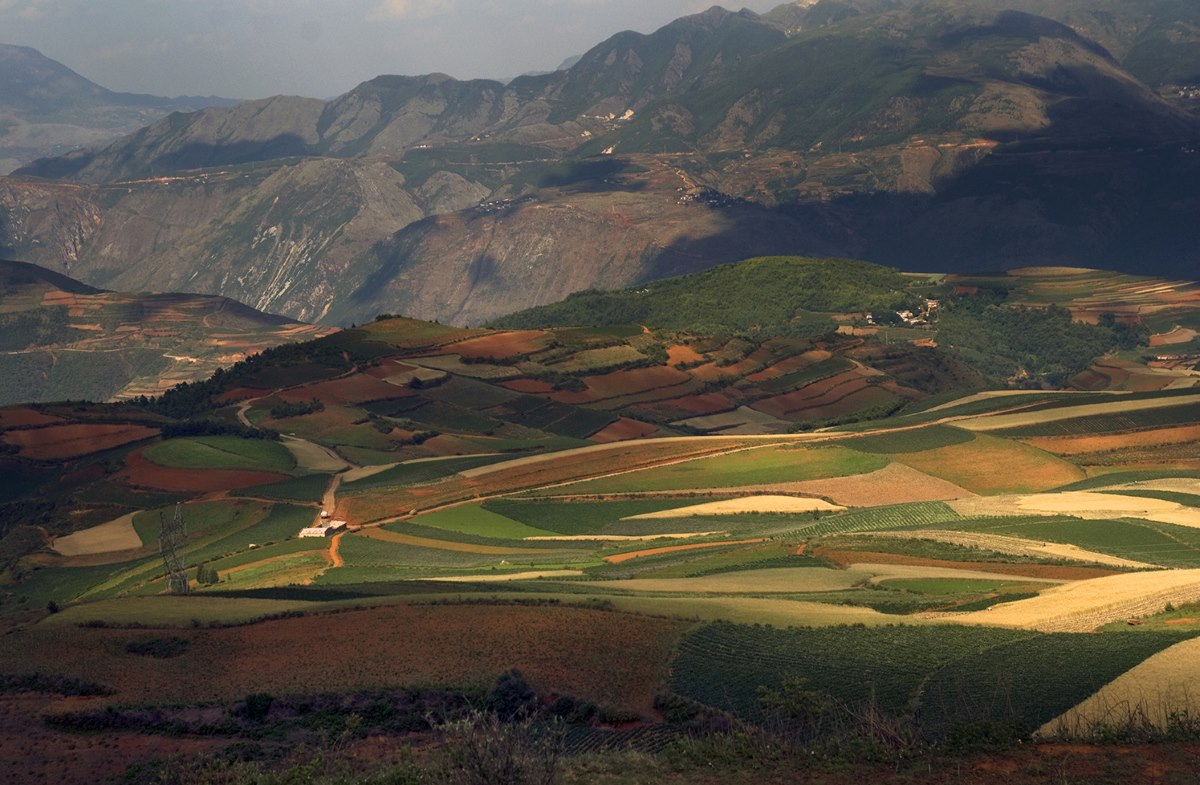
I set myself up in the village of Huagou to explore the Dongchuan county that stretches over 30mi (50km) of gentle highlands.
Over the next few days, I discovered the inner landscape of Dongchuan, where farming is still done the ancient way with bullocks and horse-drawn carriages. We passed through areas like Jinxiu Yuan (which, roughly translated, means Embroidered Garden) that resembled a giant, hand-knotted quilt. While navigating the narrow, muddy tracts and maneuvering through the herds of cattle often blocking our way, my guide Zhao explained how Dongchuan shaped itself into this stunning mix of designs and colors.
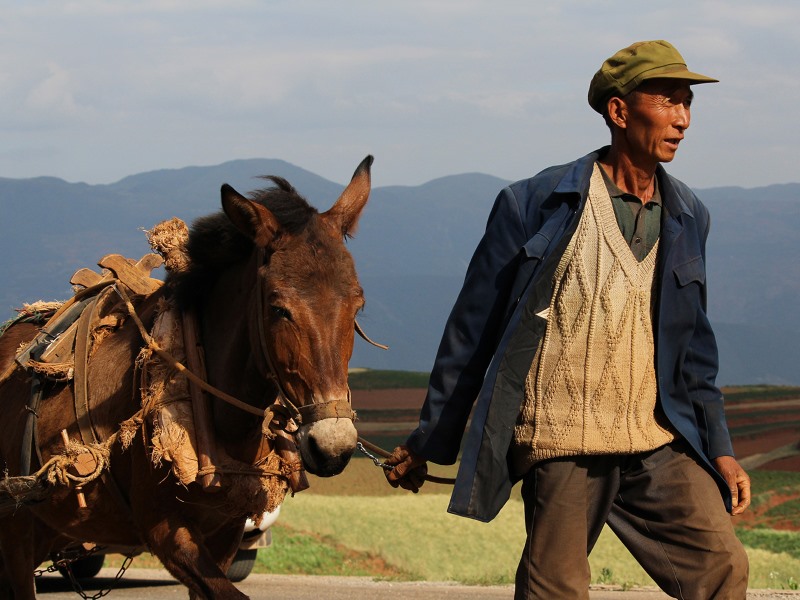
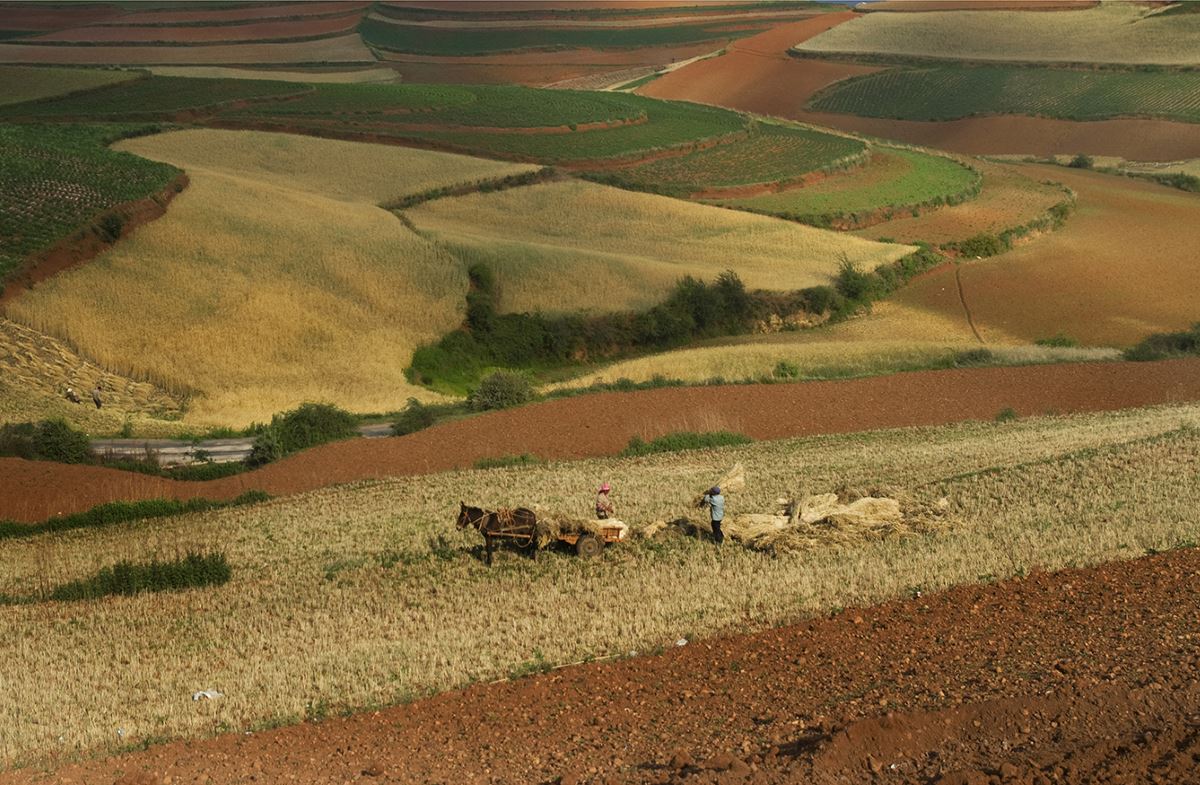
While the iron oxide embedded in Dongchuan’s soil imparts its fiery red color, it also makes it inhospitable for farming. The stony, mountainous terrain prevents croplands from retaining water. So for centuries, the local, agro-based community has planted drought-resistant crops. The plots allotted to each agricultural family are scattered across the land – while one plants potatoes, another cultivates wheat. This random allotment has created geometric patterns and brilliant hues in croplands that were once grazing pastures. The farmers sustain this fragile ecosystem through wind turbines that dot the undulating landscape.
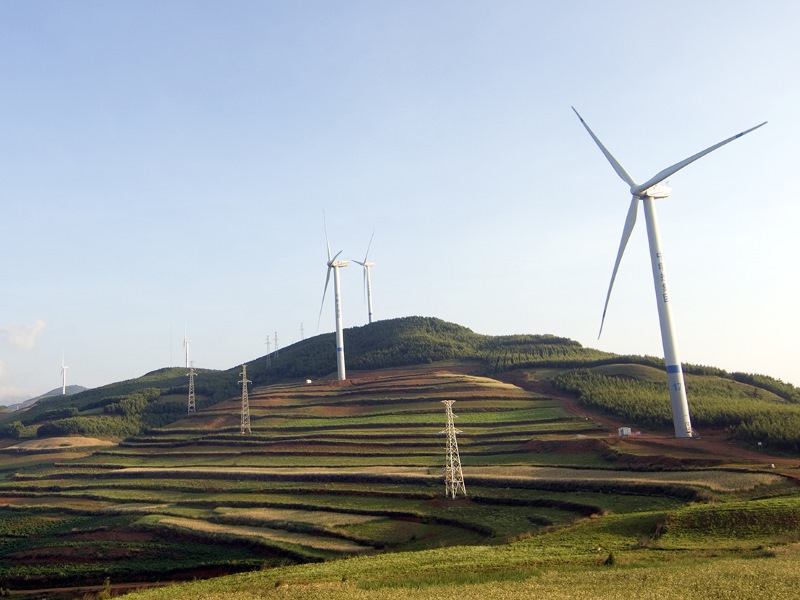
We passed a couple of giant windmills and arrived at Beihecun to witness the farming community in their struggle to turn this infertile soil into a polychromatic fairyland. The terraced fields around the small village were filled with water, and farmers waded knee-deep through the mud to plant new crops. “In another three months, this village will turn into a valley of colors, much like you have seen in Jinxiu Yuan,” Zhao told me with a smile.

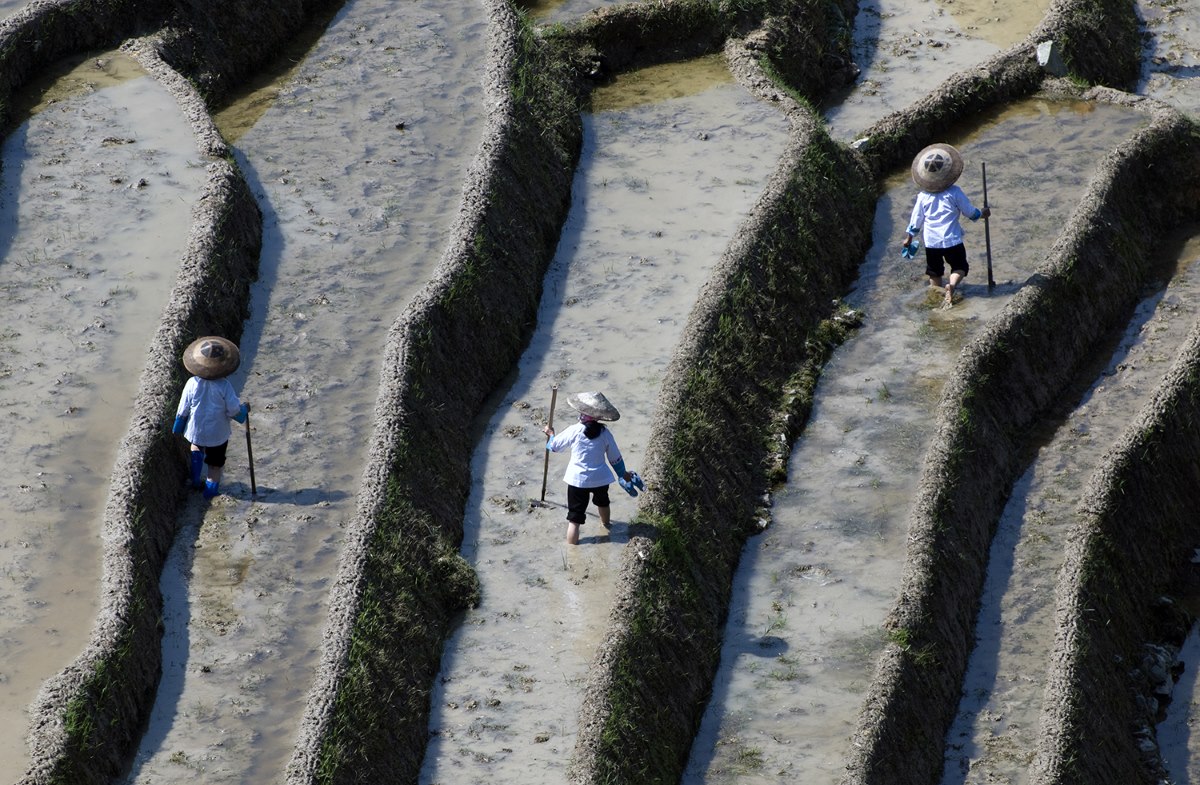
Later that afternoon, we veered off towards Louxiago, the fabled sunset point of Dongchuan. As the mellow rays glanced off the elegant contours of the Louxiago valley (which literally means a gully of fallen, rosy clouds), I understood why it’s considered the high point of the Dongchuan experience. I also remembered what Zhao told me this morning. “God knocked over his palette and dropped his paint here – Dongchuan is God’s own canvas.”
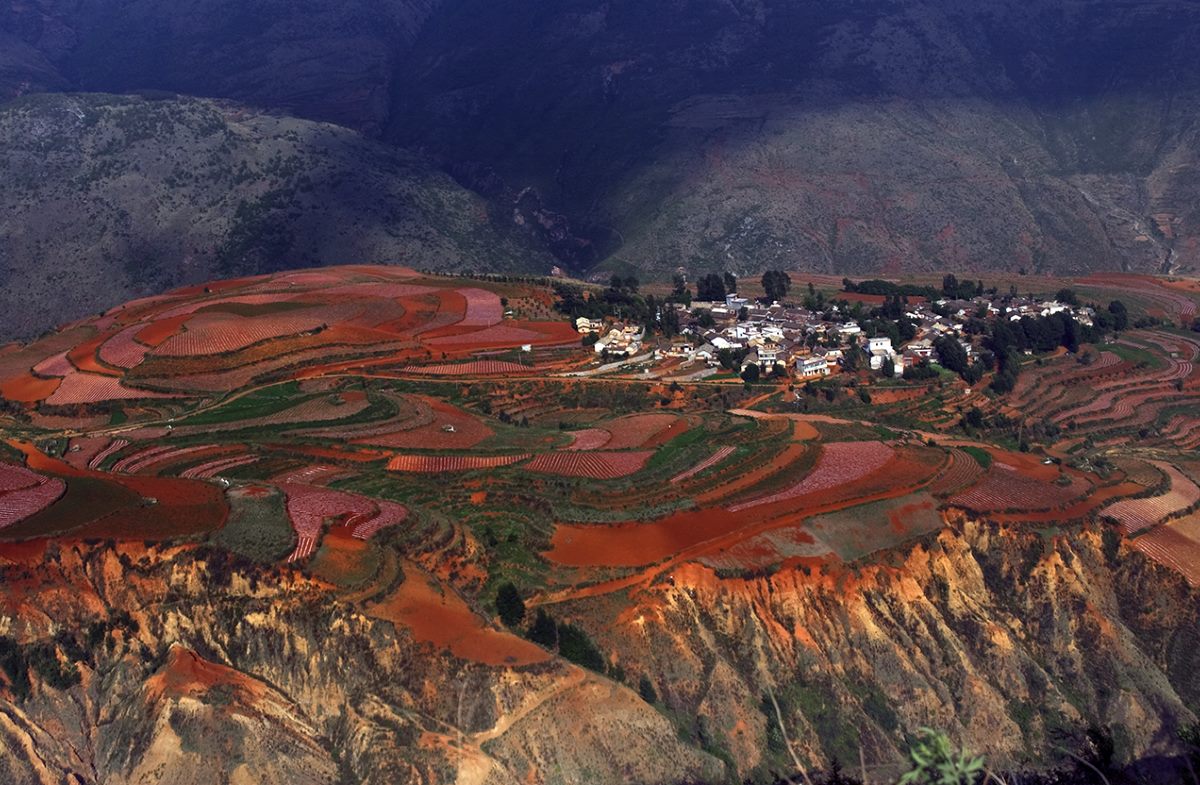
Discover similar stories in
discovery
Travel Photographer
Sugato is a photographer and writer based in Calcutta. He enjoys writing about offbeat destinations and exotic food as much as photographing his long-term documentary projects.



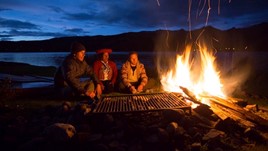
No Comments